Search
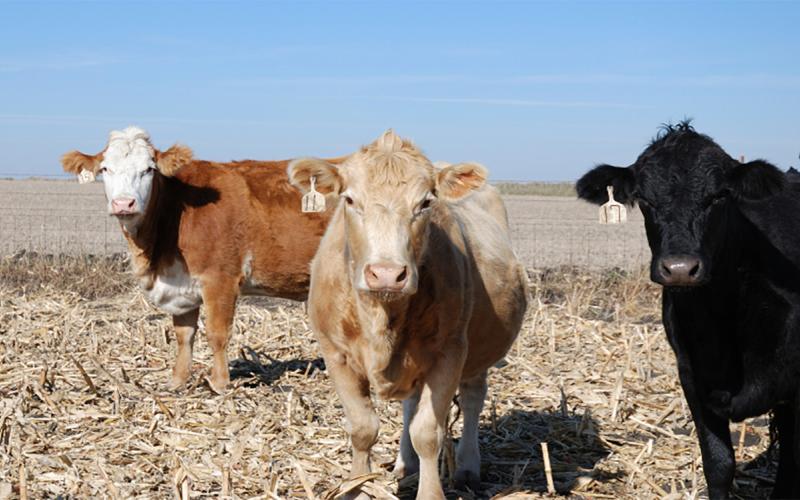
Corn Stalk Rental Rates
Corn stalk acres have long been a source of feed for livestock producers. But how much should producers charge to graze them, and what factors should they consider when developing a rental agreement?
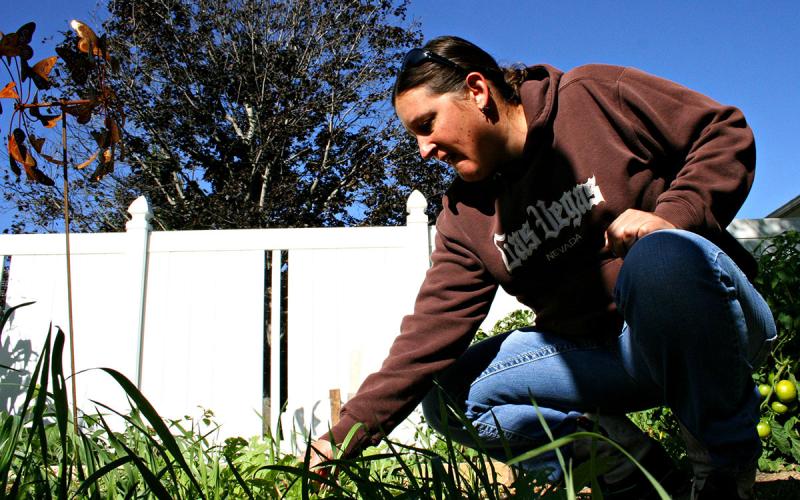
Are Cheap Home Garden Soil Test Kits Accurate?
Inexpensive soil test kits are a method available for gardeners available to estimate soil pH and the level of nitrogen, phosphorous and potassium present in the soil.

An Analysis of Margin Protection Crop Insurance on Corn and Soybeans in South Dakota
Margin protection crop insurance, an endorsement/policy that insures producers against rising input costs, is growing in popularity in South Dakota. Recent research investigated how South Dakota margin protection payouts compared to our neighboring states.
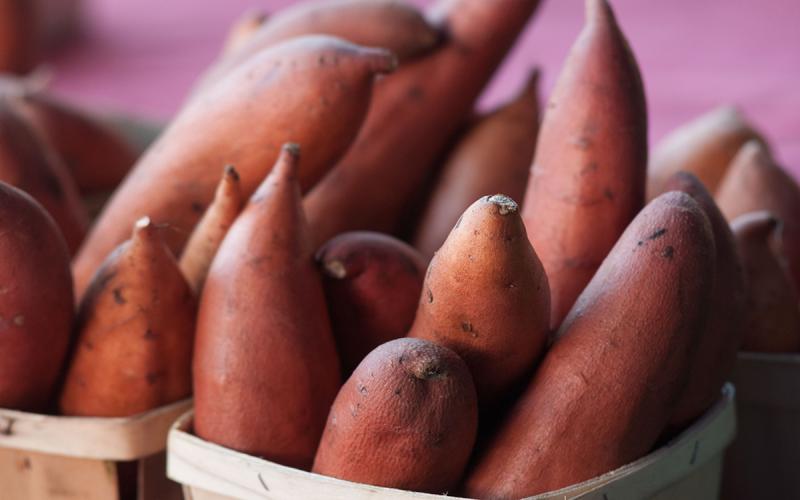
Sweet Potatoes: How to Grow It
Sweet potatoes are native to Central and South America, and their tasty orange flesh is a dietary staple in warm climates. Learn some expert tips for planting, growing, and harvesting them in this resource!
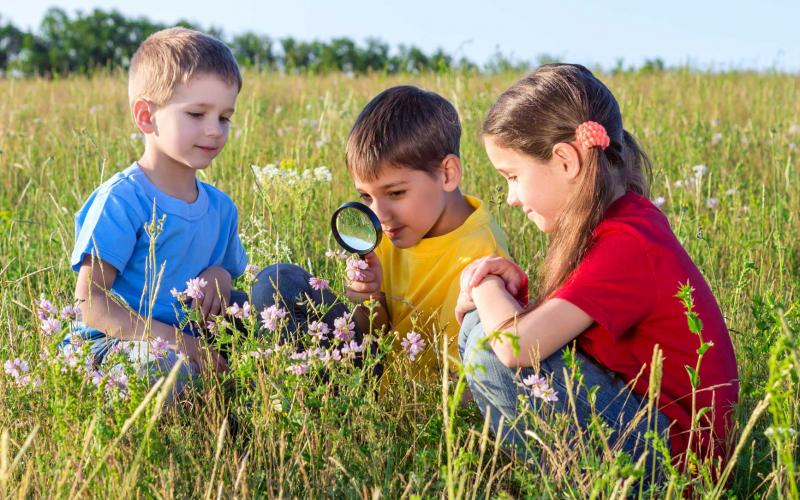
Plant Part Powers!
Following this lesson, participants will be able to identify basic plant parts and use more complex plant part vocabulary.
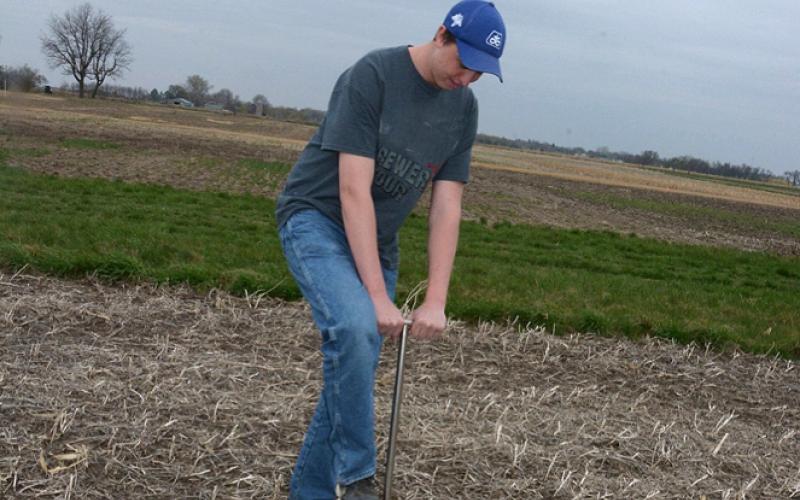
Consider SCN Sampling This Spring
Soybean cyst nematode management starts with a soil test to determine the presence or absence of this nematode in the soil.
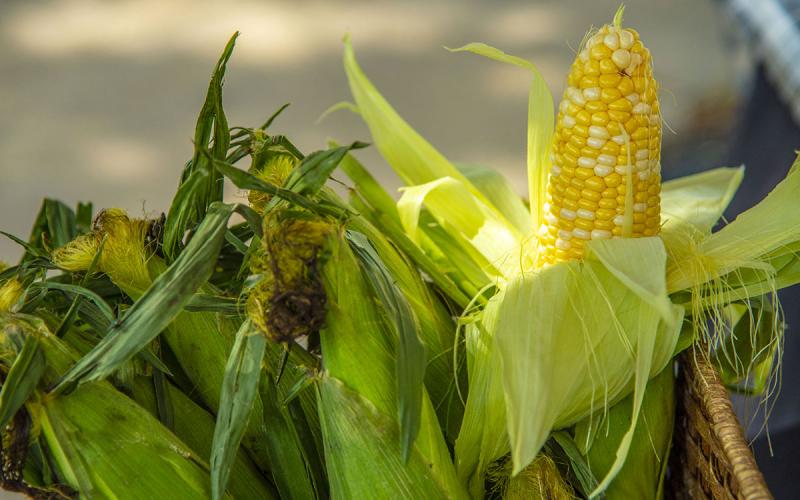
Growing Sweet Corn Successfully in South Dakota
Sweet corn is a staple crop with many different varieties, which each bring their own unique qualities influencing flavor, texture, and shelf life. Learn some expert tips for growing it in South Dakota gardens!
![A herd of cattle gather around a stock pond on a vast, lush grassland. Courtesy: USDA [CC BY 2.0]](/sites/default/files/styles/teaser_800x500/public/2019-05/W-00231-00-cattle-grazing-grassland-pasture-range.jpg?h=8f818b46&itok=6GS1_Ww0)
2017 Weed Control: Pasture and Range
There are 24 million acres of native and tame pasture and range as well as 1.4 million acres of grass hayland in South Dakota.
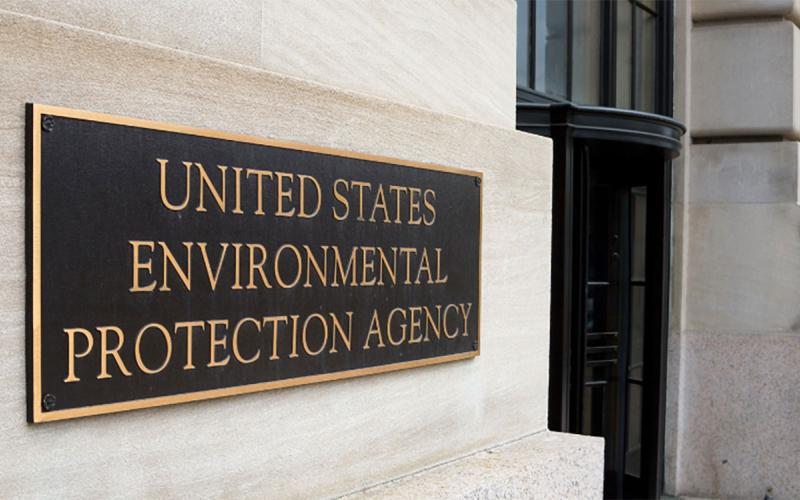
Organophosphate Insecticides Under Continual Review by the Environmental Protection Agency
Recent moves by the EPA to limit or prevent the use of organophosphate insecticides present challenges for growers seeking effective pest control. So, what is motivating these changes, and what do they mean for producers?

Bookwork, The Missing Management Component: Consistency of Financial Records
Consistent record keeping will allow for accurate ratios and trend analysis. While operations will change, grow, or contract, having a standard operating procedure will allow for analysis and decision-making.